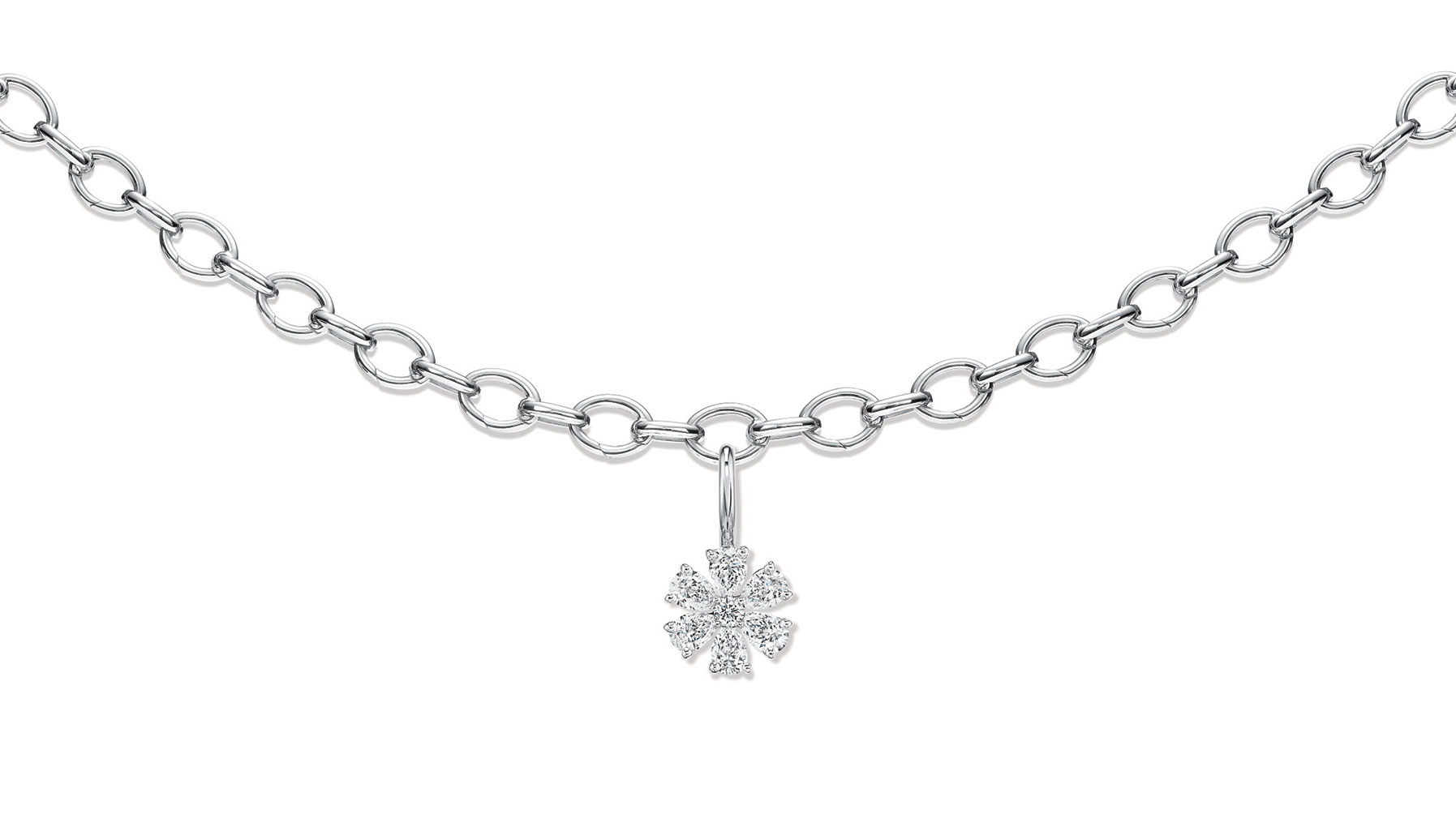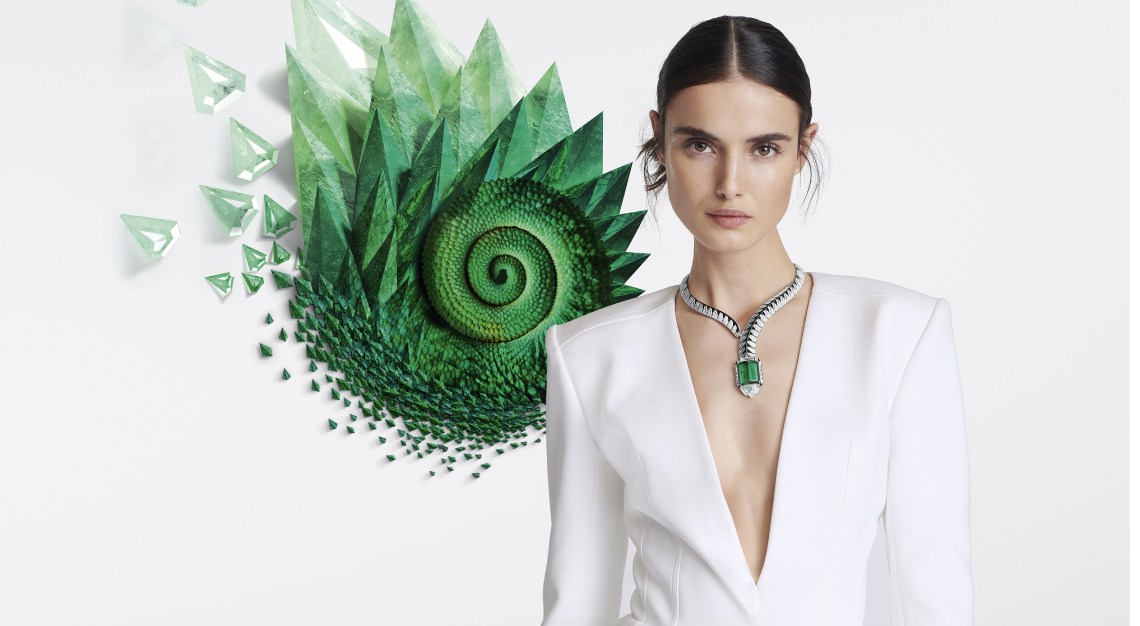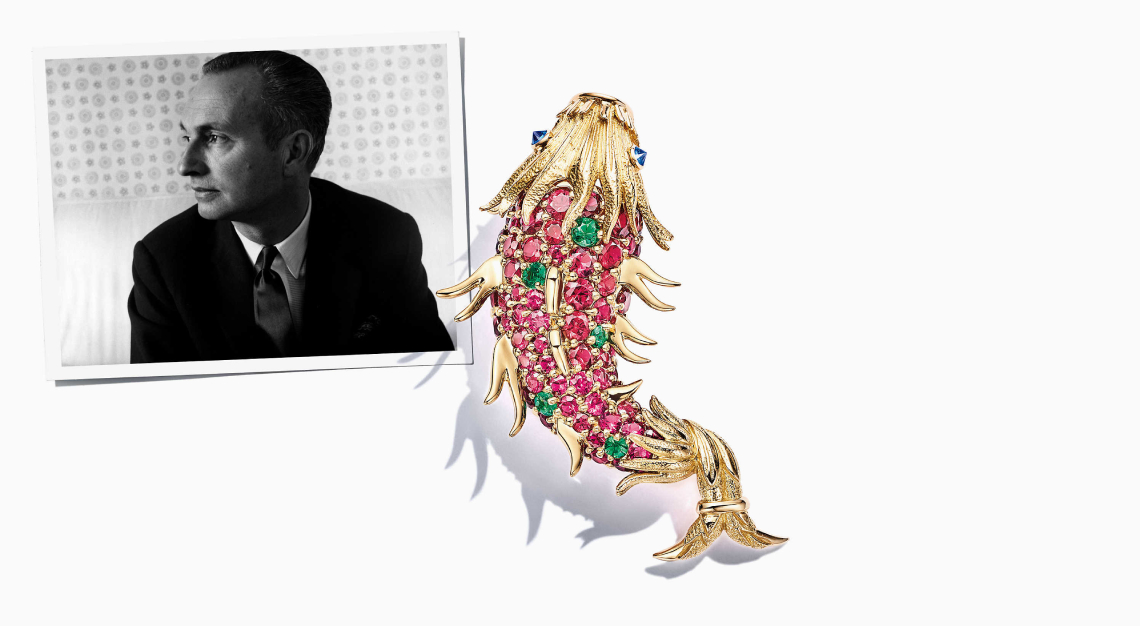American jeweller Tiffany & Co presents its most extensive retrospective in China
For a 180-year-old brand, Tiffany & Co remains as sprightly as ever. In fact, it’s easy to forget that the company was one of the pioneering jewellery brands that inked the new American design code. It eschewed the Victorian aesthetic of the late 1800s, and instead touted cleaner, sleeker lines that would come to define American design.
From 23rd September to 10th November, the American jeweller will be hosting its largest-ever retrospective at the Fosun Foundation Shanghai, China. Titled Vision & Virtuosity, the exhibition explores the brand’s journey since its establishment in 1837, via significant milestones, design codes and its pioneering role in the world of jewellery-making.
The title of the exhibition alludes to company founder Charles Lewis Tiffany’s foresight in building one of America’s premiere luxury brands. Chief artistic officer of Tiffany & Co, Reed Krakoff, explains, “When he started his company in 1837, he had no evidence to support this idea or that New York City was ready for luxury goods, but he proceeded anyway. He could visualise the kind of business he wanted to create and pushed ahead. He also insisted on the best – the best materials, the best craftsmanship, the best service and the best design. Nothing short of excellent would do. And these two values – vision and virtuosity continue to drive Tiffany ahead today and on into the future. They lie at the heart of everything we do.”
To truly embody his vision, the exhibition has been divided in six sections. Here are some of the main highlights:
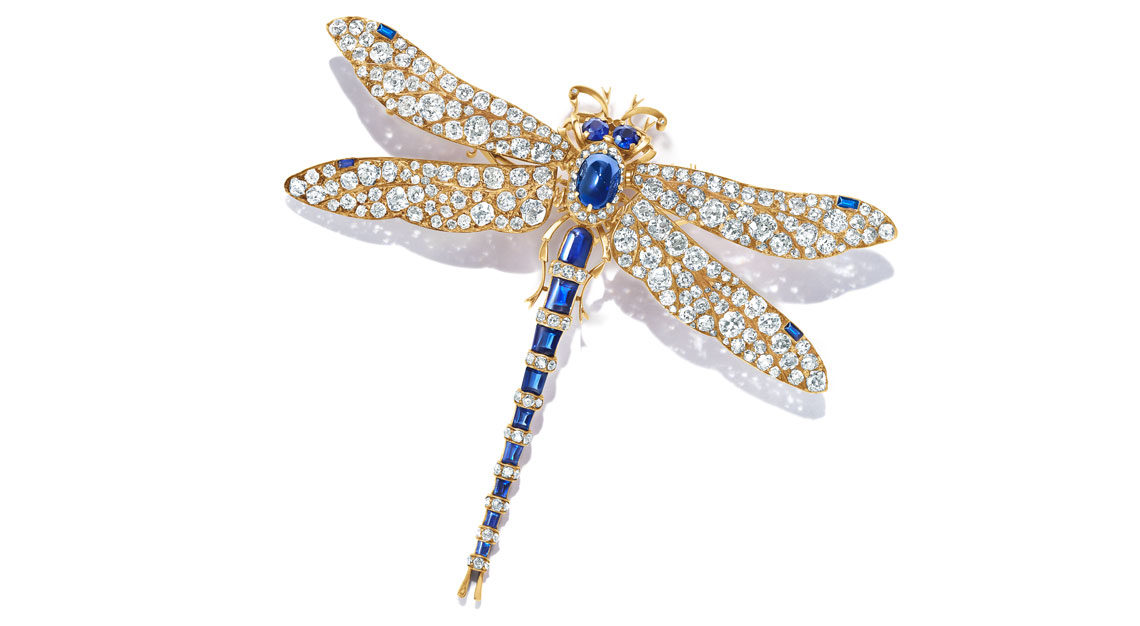
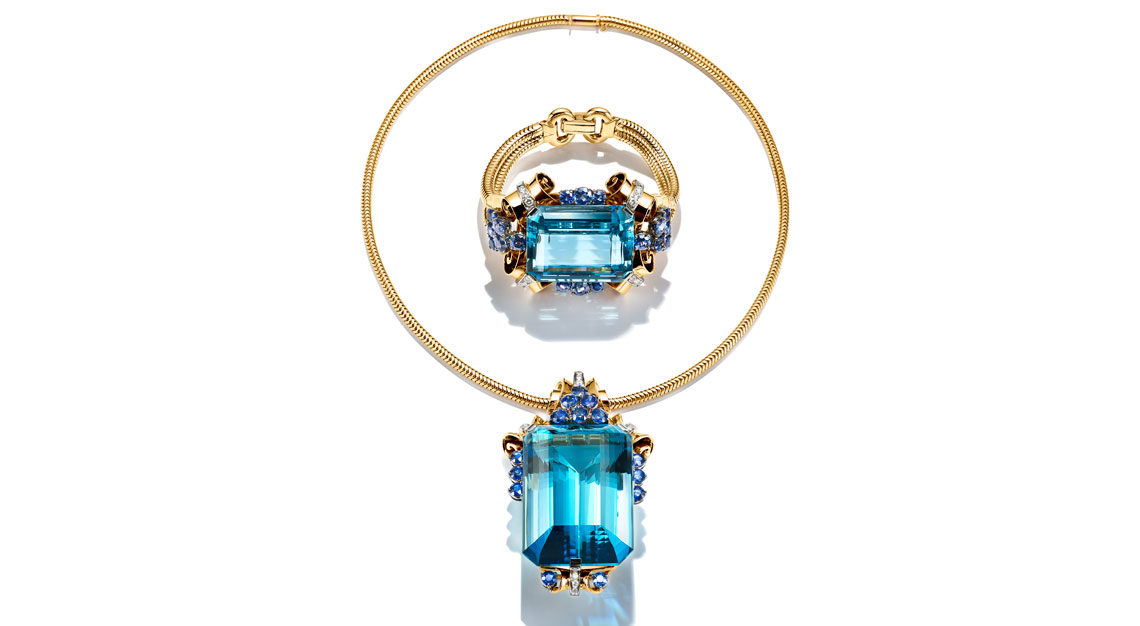
Blue is the Colour of Dreams
1837 Blue is the official name that Pantone has bestowed upon that robin egg blue hue that has come to be synonymous with Tiffany & Co, and its importance in our current cultural zeitgeist cannot be underestimated. The first chapter of the exhibition explores the significance of this colour, as well as the important gemstones that the company has introduced to the jewellery lexicon. Apart from introducing kunzite and morganite, we can also thank Tiffany & Co for the popularity of tanzanite, a purplish-blue stone that’s becoming increasingly rare and valuable because of depleting mines.

The World of Tiffany
When asked about what he hopes visitors will glean from the exhibition, Krakoff responded, “I genuinely hope people will walk out of this exhibition having learned about things they hadn’t expected. I think a lot of people know on the surface what Tiffany stands for – love, joy, connection, beauty – but aren’t fully aware of just how deep our history of innovation, creativity and boldness runs. If someone, while they’re taking in the exhibition, has a moment of complete inspiration because they saw something so beautiful it moved them deeply, we’ll have done our job.”
This vision will come to fruition in the World of Tiffany section, which looks at the brand’s timeline and its key milestones. Here, the brand’s history comes to life through its countless references in pop culture (Sweet Home Alabama, anyone?); its iconic flagship store on Fifth Avenue; and the personalities that have worn its jewels over the years.



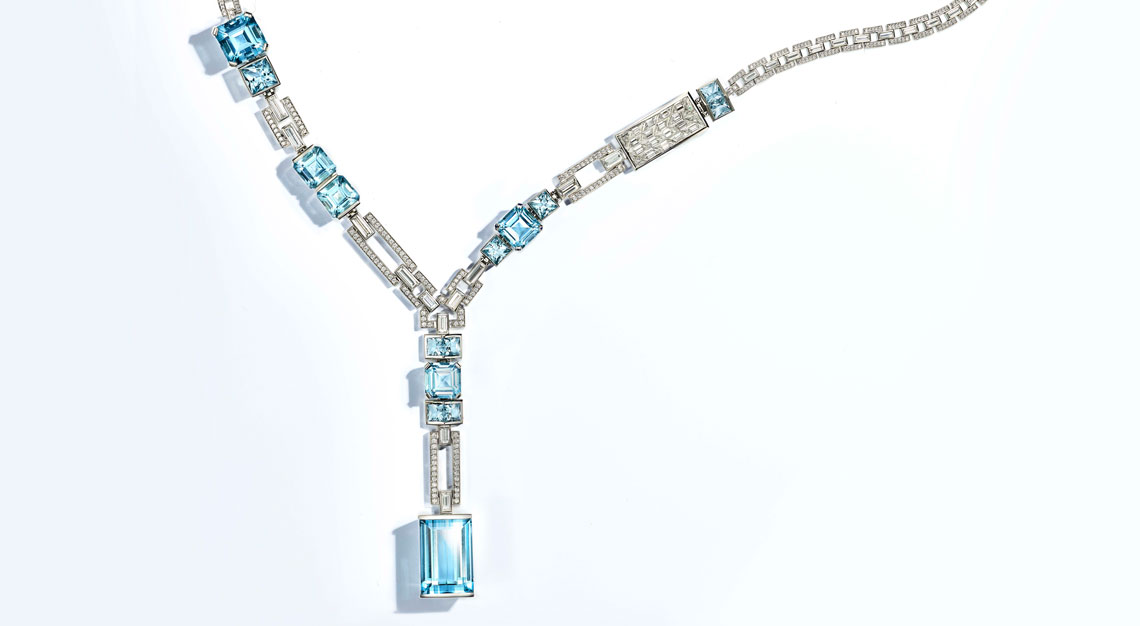
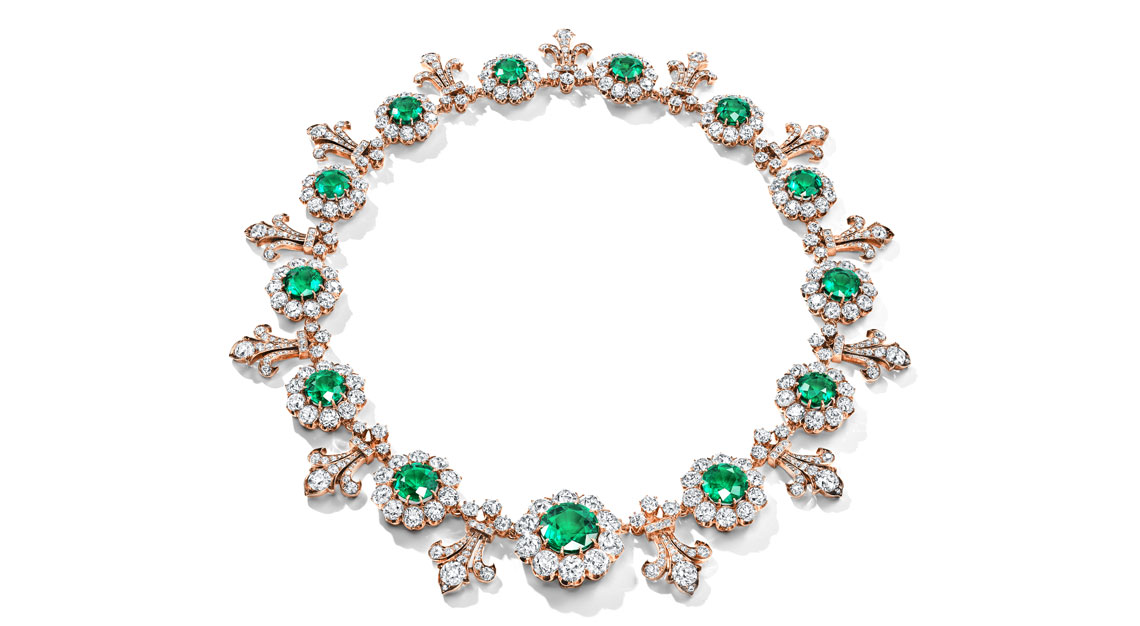
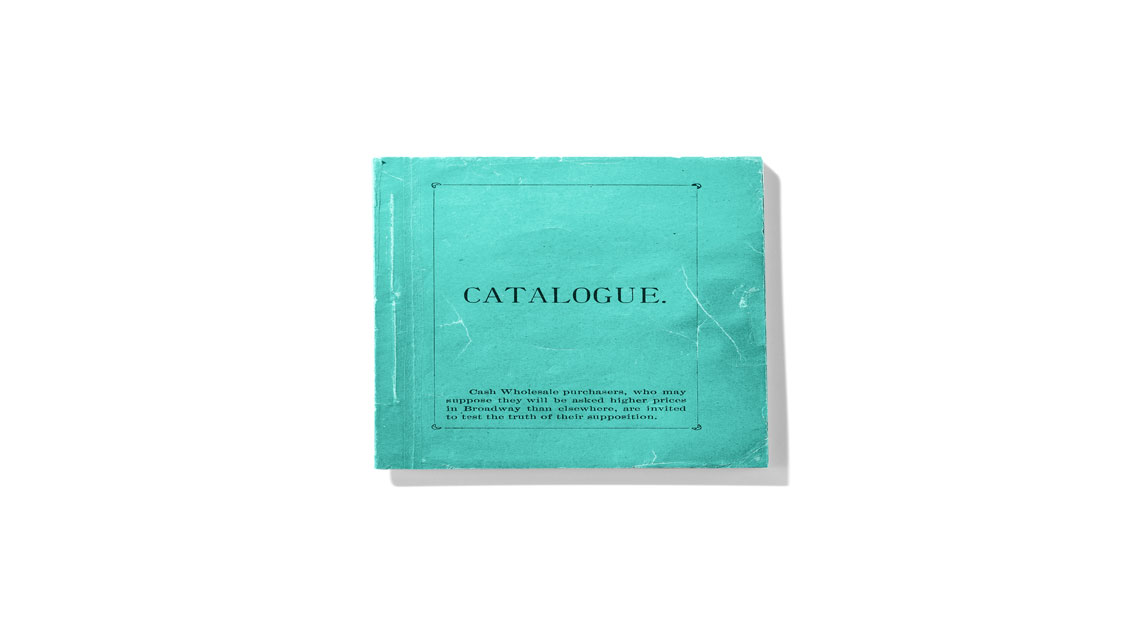
The Tiffany Blue Book
Conceived as the US’ first ever mail-order catalogue back in 1845, Tiffany’s Blue Book was originally sent directly to VIP clients to showcase the brand’s repertoire of important gemstones. For many years, it remained a private affair, and the brand has only started releasing information about the Blue Book in recent years. No longer a private catalogue sent to the upper brass, Blue Book creations now often grace the red carpet at high-profile events on celebrities including Gal Gadot and Cate Blanchett, amongst others.
The Blue Book high jewellery collection epitomises the tenets of Tiffany & Co’s refined craftsmanship and utmost creativity. The evolution of the Blue Book is not only a social commentary on the changing periods that Tiffany & Co has lived through, but also an interesting insight into the divergent styles and design codes of its erstwhile designers. There are the gilded, nature-inspired creations by Jean Schlumberger; the refined lines and organic curves of Elsa Peretti’s works; as well as the artistic codes of Paloma Picasso’s jewels.
Tiffany Diamond
The exhibition culminates in the ultimate show-stopper: the 287.42-carat Tiffany Diamond that was discovered in 1877. Purchased for US$18,000 (only!) back then by Charles Lewis Tiffany, the yellow diamond was cut and polished to a cushion-cut, brilliant diamond weighing 128.54 carats and featuring 82 facets, more than the usual 58-facet brilliant we’re accustomed to. It’s been worn by only three women to date, the most recent being Lady Gaga at The Oscars 2019.
Tiffany & Co Vision & Virtuosity runs from 23 September to 10 November at the Fosun Foundation Shanghai, China.

